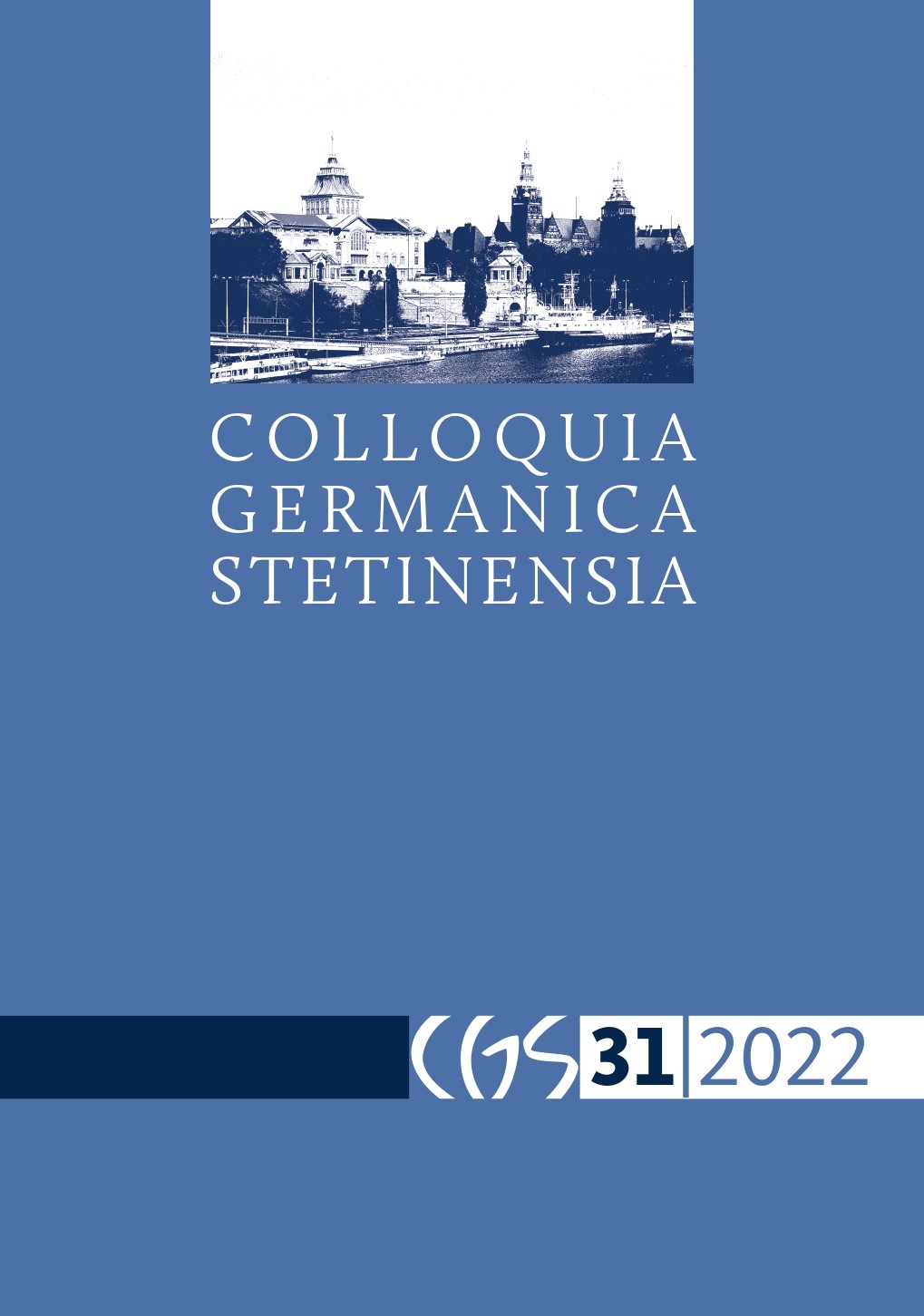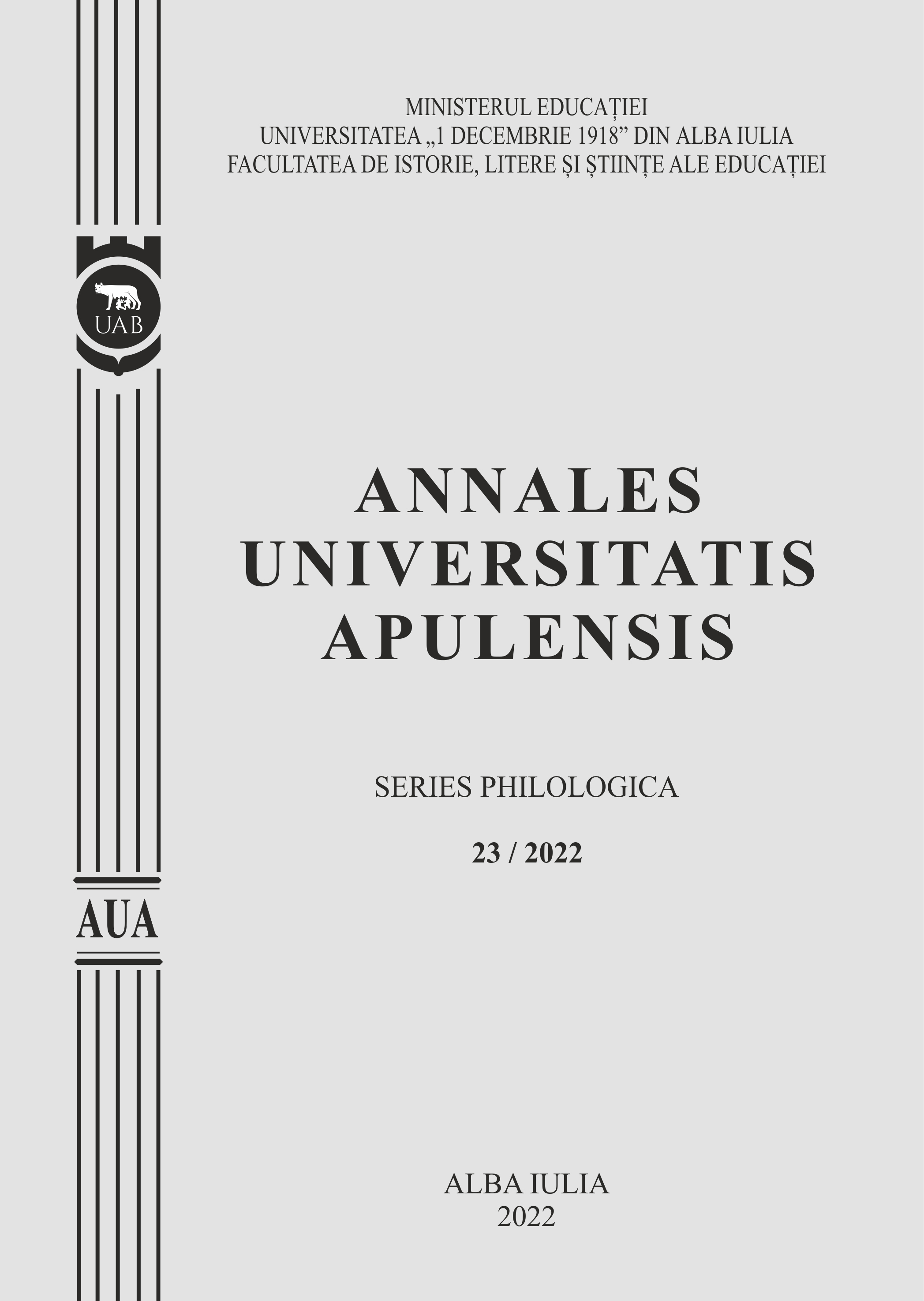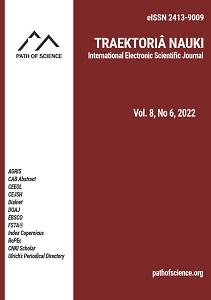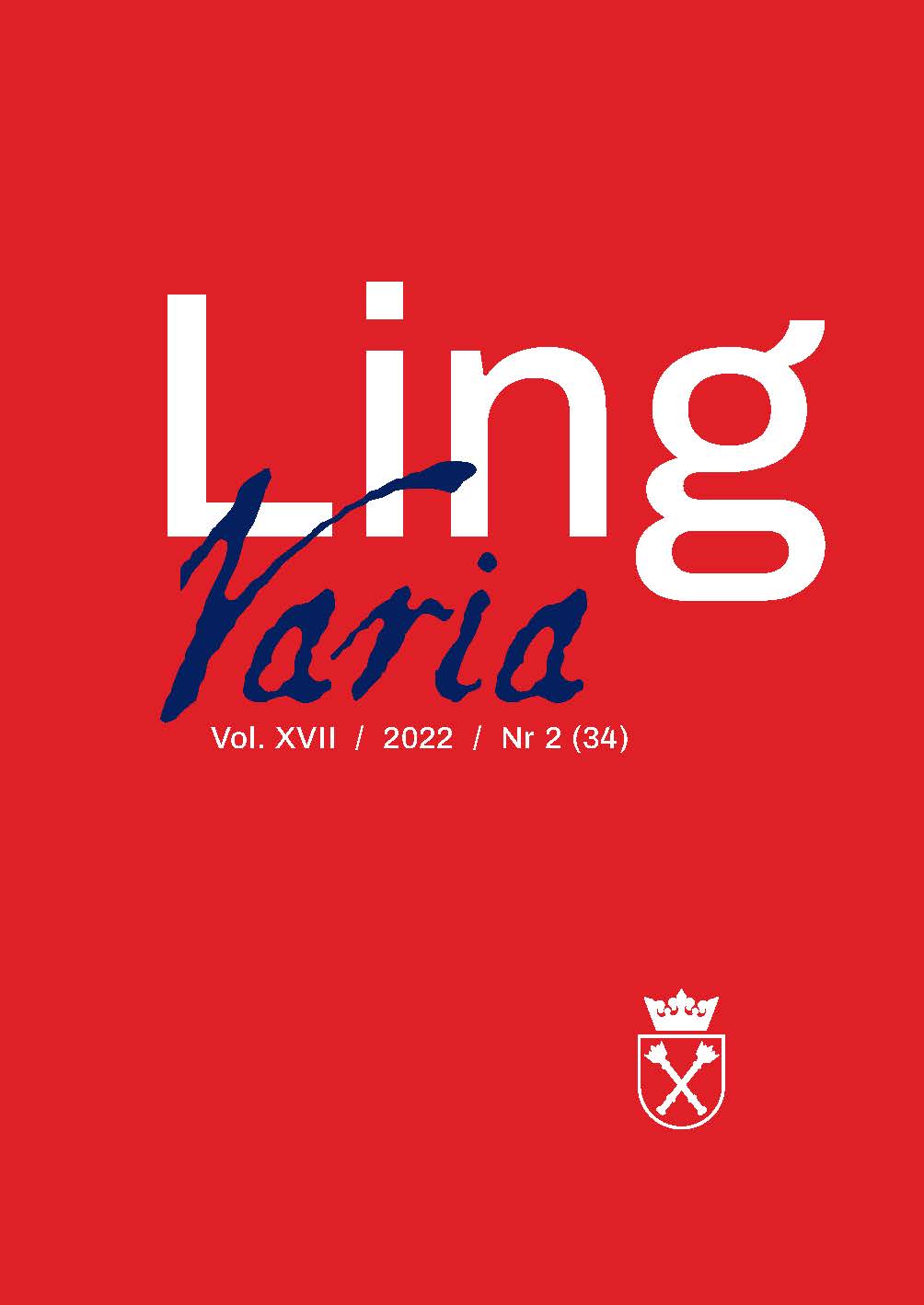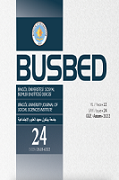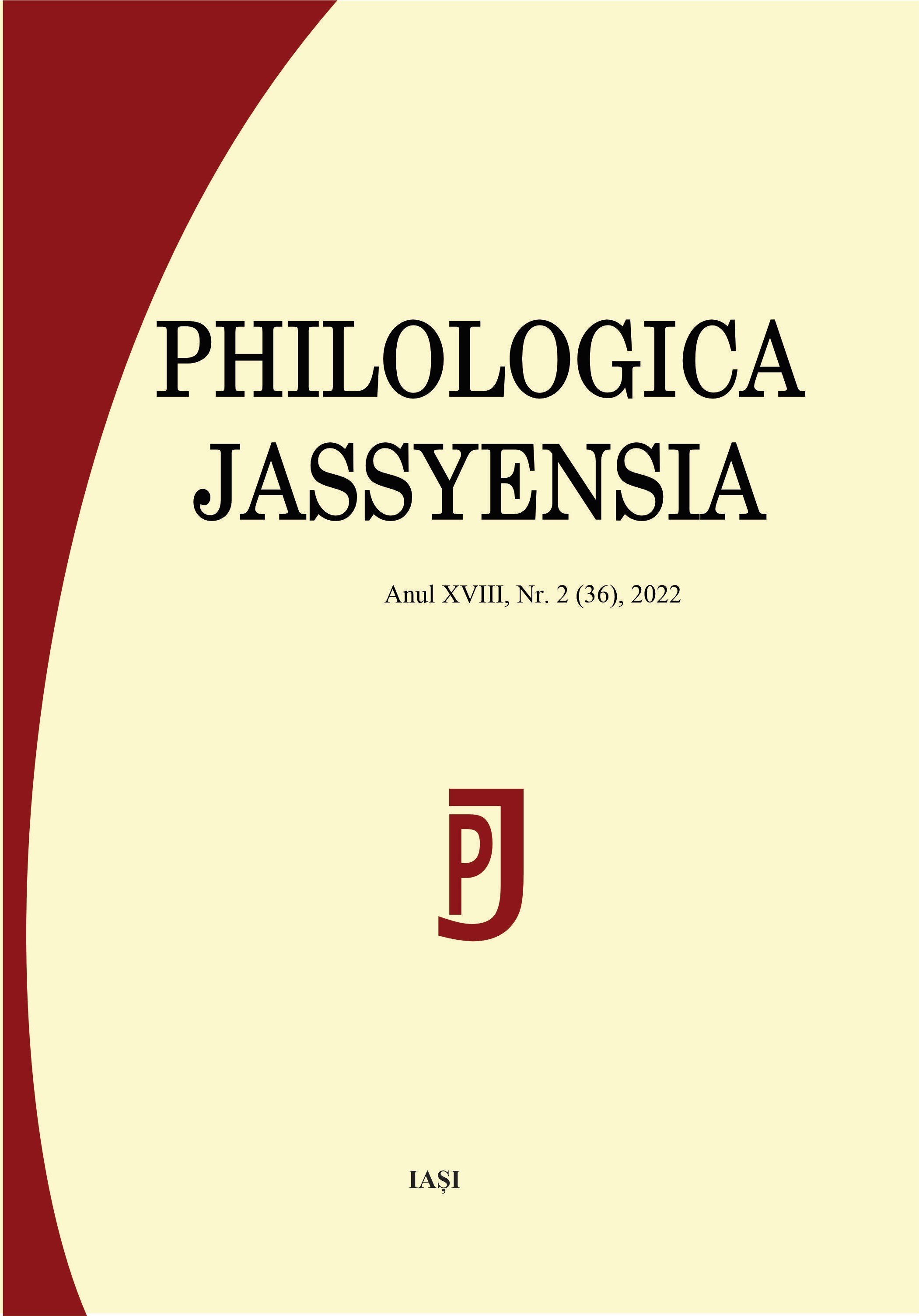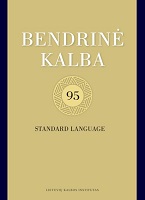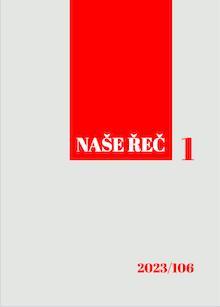Author(s): Daiva Aliūkaitė,Violeta Meiliūnaitė / Language(s): Lithuanian
Issue: 95/2022
This article discusses a study of written dialecticism, conducted in order to assess how the authorial grapholect conveys oral dialecticism and to analyse the spelling choices made by the author. The dialectal discourse used for this study consists of a number of Facebook posts published in a dialectal grapholect by a female informant. The first part of the article focuses on specific orthographic decisions made by the author-informant to convey the distinct features of her native Eastern Aukštaitian subdialect of Panevėžys. The second investigative section of the article examines the perception of a dialectal grapholect, looking closely at how ordinary language users read and understand texts written in it. The study shows that the dialectal grapholect used by the author-informant – a speaker of the Eastern Aukštaitian subdialect of Panevėžys – is relatively systematic. Her transcription is predominantly phonetic, with the morphological principle employed in cases of positional quantitative vowel changes, i.e., no variations in individual word forms were captured in the written materials. The author-informant utilises the grapheme inventory of the standard language, without inventing any new graphemes or borrowing them from the orthographic sets of other languages in order to reflect certain specific sounds of the Panevėžys subdialect. Stress retraction is one of the most common causes for ending reduction in the linguistic homeland of the author-informant. However, when neither the accent nor the consonant palatalization after dropping the vowel are marked in the written text, anyone reading it, especially speakers of other Lithuanian variants, may struggle to clearly identify the grammatical form recorded by the author-informant. This was also confirmed by the perceptual study conducted at the same time. The sociolinguistic portraits of its participants indicate that dialectal codes were more alien than familiar to them in terms of active usage, but that they have had opportunities to gain some perceptual experience in spoken dialectal codes. However, despite a relatively good holistic understanding of the authorial dialectal grapholect, the participants of this study were not able to translate it accurately into Standard Lithuanian. Variations in translating the transcribed dialect into the standard language indicate communicational limitations of written dialecticism. It is important to stress that this is not a critical evaluation of the authorial dialectal grapholect, as communicational limitation can have certain advantages, too. By distinguishing, a dialectal grapholect also designates. While it may be misunderstood or partially understood outside of the variant’s community, a dialectal grapholect functions (or can function) as a fully-fledged, even self-regulating, code within that community. However, this aspect of written dialecticism requires more in-depth research. The discussed case study provides certain insights into the role of an ordinary community member in preserving the vitality of their dialectal code. By making certain orthographic decisions, the author-informant “solidifies” the dialecticism of her native variant, with all its distinguishing and common features. But this does not necessarily confirm the vitality of the dialectal code in apparent time, despite the co-existence of certain dialectal and non-dialectal features in the same discourse fragment (spelling the way one pronounces but that pronunciation can vary). Either way, it is clear that local “conservation” (i.e., within the community or at least amongst some of its members) of dialectal features, differently to dialect dictionaries, can have an impact on the spread of those features. However, this subject would undoubtedly benefit from further large-scale studies.
More...

